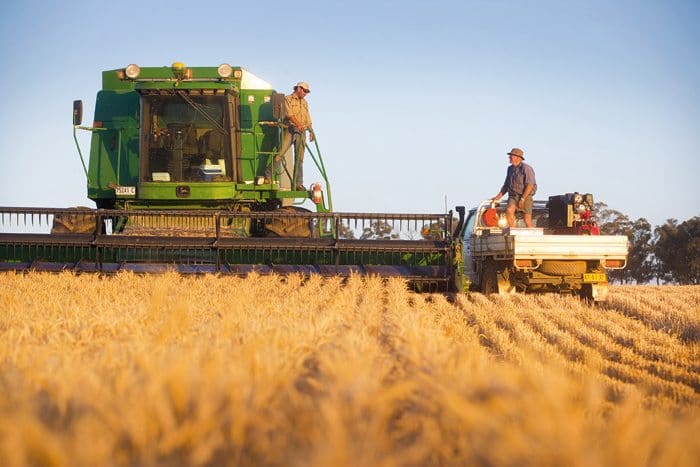Latest listings on Jobs Central:
- Field Technician, Ag R&D, Regional WA – via Rimfire
- Business manager, Ag.Management – via Rimfire
- Feedlot workers – Wanderribby, South Australia
- Head Stockpersons 2020 Season, NT & WA – Hancock Ag.
- Station Hand, Allendale Qld – Western Grazing
- Overseer, Springvale Station – Paraway Pastoral Co.
- Livestock Buyer – Australian Meat Group
- Managing Director, Hilltop Meats – BE Campbell Group
- Station manager, Allwah, Qld – Consolidated Pastoral Co.
- 2020 Season Staff, Lake Nash NT – Georgina Pastoral Co.
Click here to access these and other exciting jobs currently listed on Jobs Central.

DESPITE greater attention being placed on workplace health and safety across the sector, agriculture remains the most dangerous places to work in Australian industry, recently released statistics show.
While overall trends in workplace injuries are down 29 percent since peaking in 2007, and fatalities down 62pc over the same timeframe, the agriculture, forestry and fishing sector continues to account for a disproportionate number of injuries and fatalities across Australia.
Safe Work Australia compiles its Work-related Traumatic Injury Fatalities data set each year, providing national statistics on all workers and bystanders fatally injured at work. The data draws on a range of information sources, including:
- Initial reporting of fatalities in the media or on relevant authority websites such as police, road authorities and the Australian Transport Safety Bureau
- Notifications to Safe Work Australia from the jurisdictional authorities, and
- The National Coronial Information System which provides confidential access to coroners’ police and other investigative reports.
Work-related fatalities resulting from diseases, natural causes and suicides are not included.
The reported showed there were 3560 serious injury claims across Australian agriculture in 2018. While the number is considerably less than manufacturing (12,925 injuries) and construction (13,850), the size of the workforce in each sector must be taken into account.
When examined from an incident rate perspective (the number of serious injury claims per 1000 employees), agriculture was easily the most dangerous field in which to work, accounting for 16.7 serious injury claims/1000 employees during the year. Other fields included manufacturing (15.2 serious injury claims/1000), construction (15), transport and warehousing (14.7), wholesale trade (13.2) and public administration (11).
In the 2018 year, agriculture accounted for 8.6 serious injury claims per million hours worked. Manufacturing, in comparison, accounted for 8.1 claims, and transport and warehousing, 7.7 claims.

Major causes of injury across all sectors were traumatic joint/ligament and muscle/tendon injury (41pc); wounds, lacerations and internal organ damage (16pc); fractures 11pc; and mental disorders (8pc). Arms accounted for 25pc of all workplace serious injuries, followed by lower limbs (23pc) back (19pc) and neck and shoulder (12pc).
Older workers 60-65 accounted for the highest frequency of serious injury claims among different age groups, but significantly, workers under 20 were disproportionately highly represented, being about 50pc higher than workers 30-34 years of age.
Similar trends are evident in the data on workplace fatalities, listed separately from serious injuries.
Again, agriculture was the most dangerous field in which to work, accounting for 11.2 fatalities per 100,000 workers last year. This was close to double the rate seen in transport and warehousing (5.9), three times the fatality rate seen in mining (3.7), and five-and-a-half times higher than mining (2.0).
In terms of fatalities, vehicle collision was easily the most common cause, accounting for 31pc, followed by being hit by moving objects (17pc) and falls from a height (13pc).
Safe Work Australia compiles the national dataset for compensation-based statistics which comprises information on workers’ compensation claims provided by each of the jurisdictional workers’ compensation authorities.
Data in the report refers to serious claims only. Serious claims relate to where the compensated injury or disease resulted in one week or more off work.

HAVE YOUR SAY